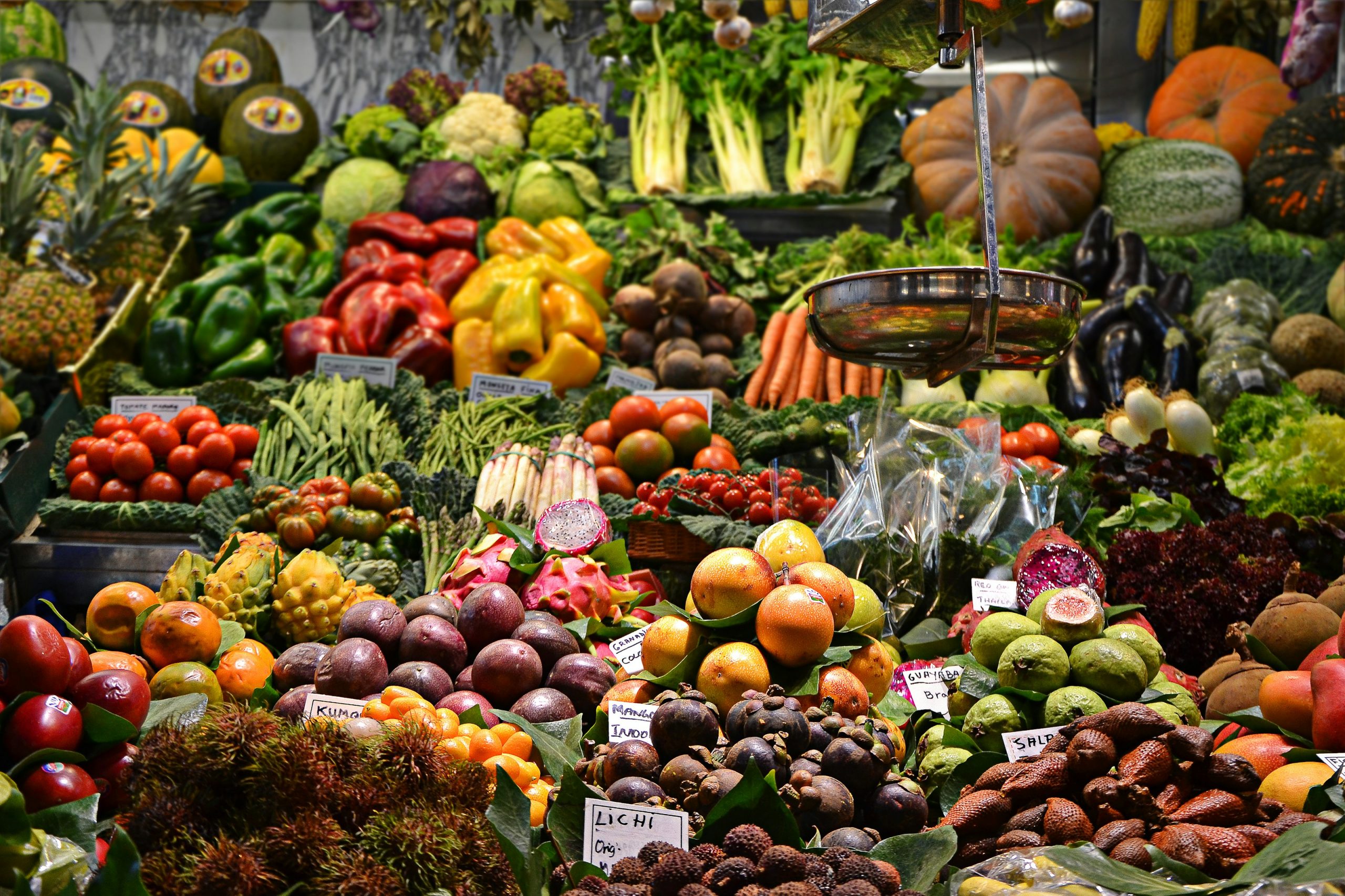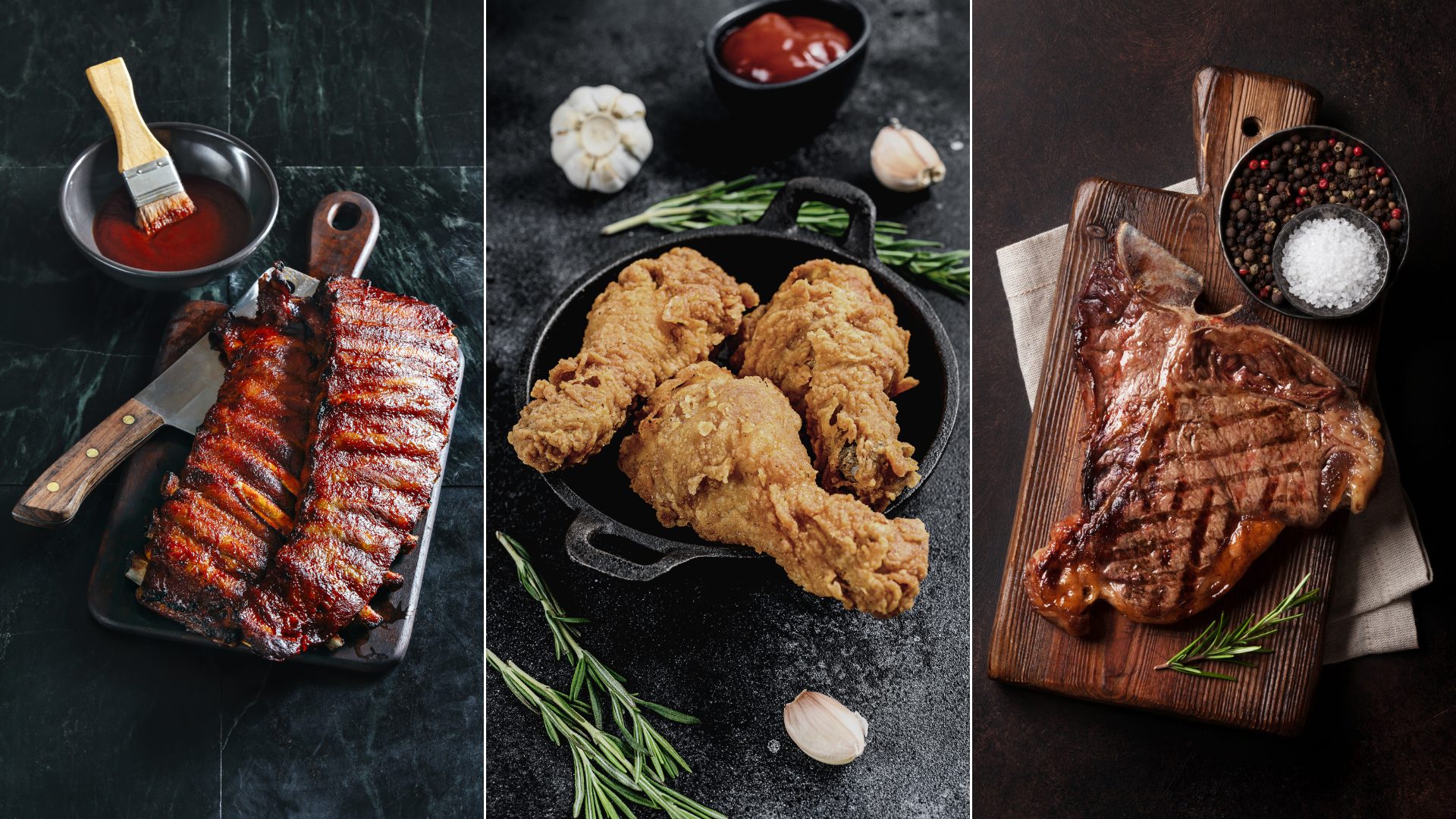The return of meat processor Smithfield to the public markets got off to a rocky start. WH Group, Smithfield’s Hong Kong-based owner, originally aimed to price the initial public offering at $23 to $27 per share. The high end of the range would have valued Smithfield at over $10 billion.
Even after a so-called “roadshow,” in which executives and bankers pitched the stock to prospective investors, the market wouldn’t bite. Smithfield’s IPO went off at $20 – and even that wasn’t good enough. Despite a roaring bull market, Smithfield stock closed its first (and second) days of trading below the selling price.
But since then, shares have done quite well, trading at $24 now. Including dividends, the stock now is up 24% since the IPO – returns about double those of the Standard & Poor’s 500.
The relatively consistent gains in Smithfield shares make some sense. Essentially, the worst-case scenario investors feared in January hasn’t played out. And there were no shortage of reasons for skepticism.
Stock Surges Despite GLP-1 Concerns
Smithfield’s ownership itself seemed a potential problem: even after another share sale earlier this month, WH Group still owns 87% of the company. It’s easy to imagine the tensions potentially created by alleged Chinese control of America’s largest pork producer.
The rise of GLP-1s served as another possible red flag.
At the time of Smithfield’s IPO, Ozempic manufacturer Novo Nordisk was in the middle of a rally that would lead its stock to nearly triple in less than two years, with the company adding over $300 billion in market capitalization in the process. Surely, users of Ozempic and similar drugs might pass on the highly-processed packaged foods that in 2024 accounted for over half of Smithfield sales.
And if Ozempic users didn’t necessarily defect en masse, others might: the installation of Robert F. Kennedy Jr. as Secretary of Health and Human Services promised potential restrictions on so-called processed food. As Smithfield chief executive officer Shane Smith noted at a conference in March, no one had actually defined what processed or ‘ultra-processed’ meant, but there was a broader sense that products like dry sausage or deli meats could wind up in the crosshairs.
On the cost side, there were potential worries about immigration policy; Smith himself told listeners in March that “this industry is reliant on immigrant labor”. And of course, broader concerns about the effect of inflation on consumers raised fears of trading down or simply lower protein consumption as lower-income buyers, in particular, pulled back. Smithfield already had altered its operations in response to the 2022 spike in inflation, with the company closing plants and limiting sow production.
All told, the tepid response to the IPO suggested that investors saw a lot that could go wrong for Smithfield. But the trading in the stock since shows that, at least so far, the risks haven’t played out. Instead, Smithfield has been able to show that this is simply a much better business than it was when WH acquired it back in 2013.
Deli Dominance: Smithfield’s Makeover
The improvement has been underpinned by a broader strategic shift to focus less on pork production and more on packaged meats.
Hog production is a cyclical and more difficult business; Smithfield itself proved that in 2023, when its Hog Production segment posted an astounding $754 million loss amid a perfect storm of issues in the industry (notably higher costs and much lower prices). The business has rebounded and in fact is headed for a profitable 2025, but Smithfield still is slimming its herd by about 40%. Over time, the company expects to source only about 30% of its supply for packaged meats internally, down from a current 50%.
But packaged meats should be a more consistent business. And over time, Smithfield has built a solid portfolio, with brands that cover essentially the entire price spectrum (save perhaps for ultra-premium). It also plays well in multiple categories: it cites number one market share in uncooked bacon, and second place in deli meat and dry sausage, the latter a point of focus going forward.
The financial idea here is that a better, more consistent business should get a better, perhaps more consistent valuation from the market. But interestingly, that hasn’t quite happened yet. Relative to EBITDA (earnings before interest, taxes, depreciation and amortization), Smithfield trades at a lower valuation than it did under the terms of the 2013 buyout by WH Group. Despite a business whose profits now tilt far more sharply toward packaged meats, Smithfield’s valuation is only modestly above where it was before WH offered to buy the company.
In other words, investors see room for cautious optimism – but they aren’t quite convinced. 2025 has been a good year for Smithfield as a business and a stock, but even with recent gains neither is quite out of the woods just yet.
Vince Martin is an analyst and author whose work has appeared on multiple financial industry websites for more than a decade; he’s currently the lead writer for Wall Street & Main. He owns shares of Nathan’s Famous, which has a significant commercial relationship with Smithfield Foods.
The Food Institute Podcast
How can a food industry trade show spark global culinary creativity? Anuga’s JP Hartmann, U.S. Consul General Preeti Shah, and World Food Championships’ Nikki Jackson share their perspectives on how the U.S. presence at Anuga 2025 is helping to bridge culinary experiences together.











